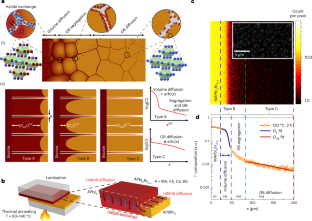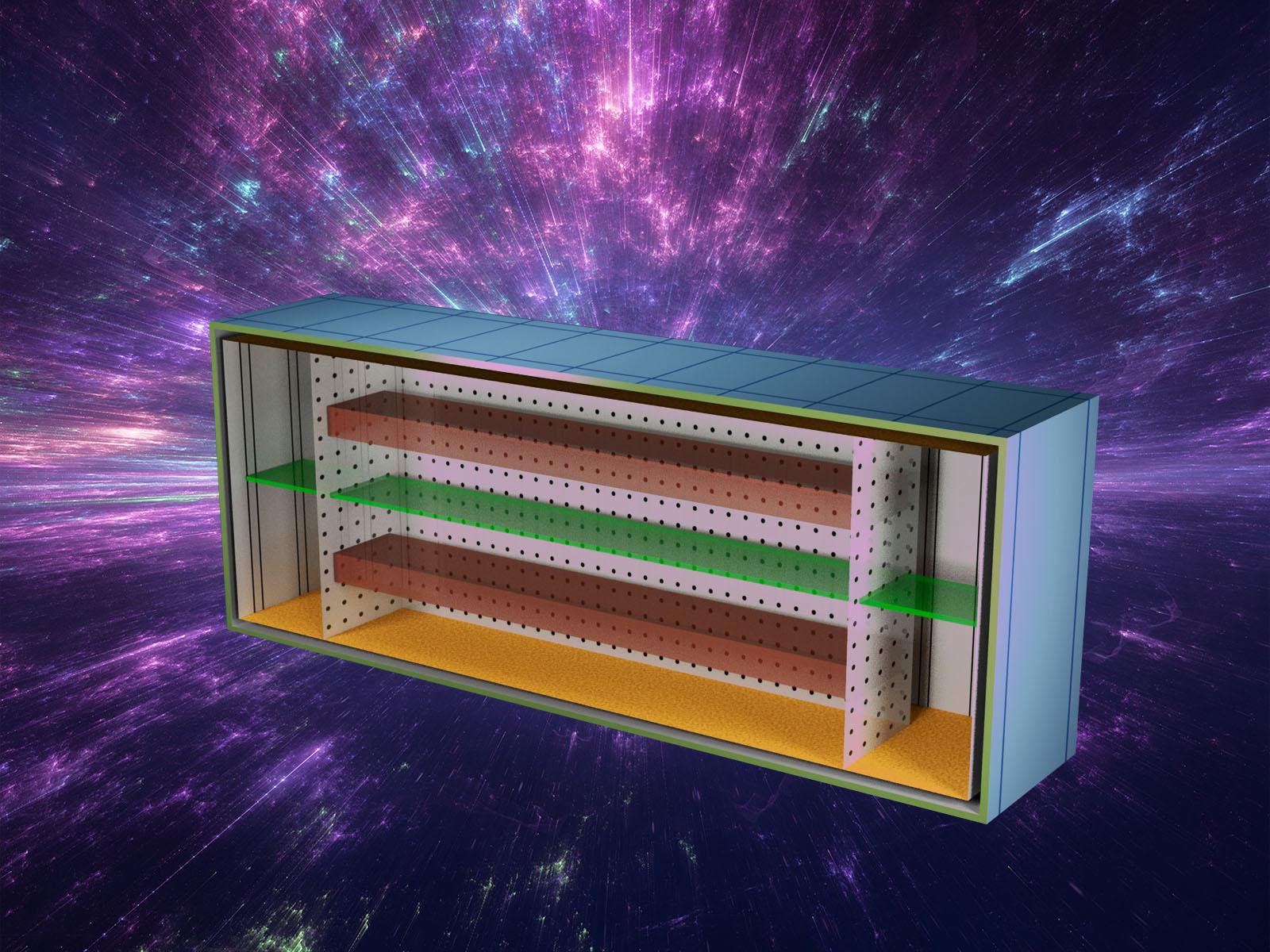2023-07-25 ノースカロライナ州立大学(NCState)
◆この新しい技術は、従来の手法よりもはるかに速く、環境への影響も10分の1に減らすことが示されています。RoboMapperは複数の材料を並列で試験し、特定の合金を特定することができるため、将来的に光伝導材料の開発や他の応用分野にも貢献する可能性があります。さらに、産業パートナーとの連携により、新しい材料の特性をさらに拡大する計画も進行中です。
<関連情報>
- https://news.ncsu.edu/2023/07/robomapper/
- https://www.cell.com/matter/fulltext/S2590-2385(23)00344-2
- https://www.nature.com/articles/s41563-023-01488-2
サステイナブル材料加速プラットフォームにより、安定で効率的なワイドバンドギャップ金属ハロゲン化物ペロブスカイト合金が明らかに。 Sustainable materials acceleration platform reveals stable and efficient wide-bandgap metal halide perovskite alloys
Tonghui Wang,Ruipeng Li,Hossein Ardekani,Lucía Serrano-Luján,Jiantao Wang,Mahdi Ramezani,Ryan Wilmington,Mihirsinh Chauhan,Robert W. Epps,Kasra Darabi,Boyu Guo,Dali Sun,Milad Abolhasani,Kenan Gundogdu,Aram Amassian
Matter Published:July 25, 2023
DOI:https://doi.org/10.1016/j.matt.2023.06.040

Highlights
•Sustainable materials acceleration platform 10× more efficient via palletization strategy
•Life cycle assessment identified characterization as main polluter in materials research
•Evaluated structure, bandgap, and stability of FA1−yCsyPb(I1−xBrx)3 perovskite alloys
•Found stable wide-bandgap cubic perovskite alloys at 1.7 eV for tandem solar cells
Summary
The vast chemical space of emerging semiconductors, like metal halide perovskites, and their varied requirements for semiconductor applications have rendered trial-and-error environmentally unsustainable. In this work, we demonstrate RoboMapper, a materials acceleration platform (MAP), that achieves 10-fold research acceleration by formulating and palletizing semiconductors on a chip, thereby allowing high-throughput (HT) measurements to generate quantitative structure-property relationships (QSPRs) considerably more efficiently and sustainably. We leverage the RoboMapper to construct QSPR maps for the mixed ion FA1−yCsyPb(I1−xBrx)3 halide perovskite in terms of structure, bandgap, and photostability with respect to its composition. We identify wide-bandgap alloys suitable for perovskite-Si hybrid tandem solar cells exhibiting a pure cubic perovskite phase with favorable defect chemistry while achieving superior stability at the target bandgap of ∼1.7 eV. RoboMapper’s palletization strategy reduces environmental impacts of data generation in materials research by more than an order of magnitude, paving the way for sustainable data-driven materials research.
金属ハロゲン化物ペロブスカイトにおける拡散-安定性-ヒステリシスの関係をマルチスケールイオン拡散フレームワークで解明 A multiscale ion diffusion framework sheds light on the diffusion–stability–hysteresis nexus in metal halide perovskites
Masoud Ghasemi,Boyu Guo,Kasra Darabi,Tonghui Wang,Kai Wang,Chiung-Wei Huang,Benjamin M. Lefler,Laine Taussig,Mihirsinh Chauhan,Garrett Baucom,Taesoo Kim,Enrique D. Gomez,Joanna M. Atkin,Shashank Priya & Aram Amassian
Nature Materials Published:27 February 2023
DOI:https://doi.org/10.1038/s41563-023-01488-2

Abstract
Stability and current–voltage hysteresis stand as major obstacles to the commercialization of metal halide perovskites. Both phenomena have been associated with ion migration, with anecdotal evidence that stable devices yield low hysteresis. However, the underlying mechanisms of the complex stability–hysteresis link remain elusive. Here we present a multiscale diffusion framework that describes vacancy-mediated halide diffusion in polycrystalline metal halide perovskites, differentiating fast grain boundary diffusivity from volume diffusivity that is two to four orders of magnitude slower. Our results reveal an inverse relationship between the activation energies of grain boundary and volume diffusions, such that stable metal halide perovskites exhibiting smaller volume diffusivities are associated with larger grain boundary diffusivities and reduced hysteresis. The elucidation of multiscale halide diffusion in metal halide perovskites reveals complex inner couplings between ion migration in the volume of grains versus grain boundaries, which in turn can predict the stability and hysteresis of metal halide perovskites, providing a clearer path to addressing the outstanding challenges of the field.



